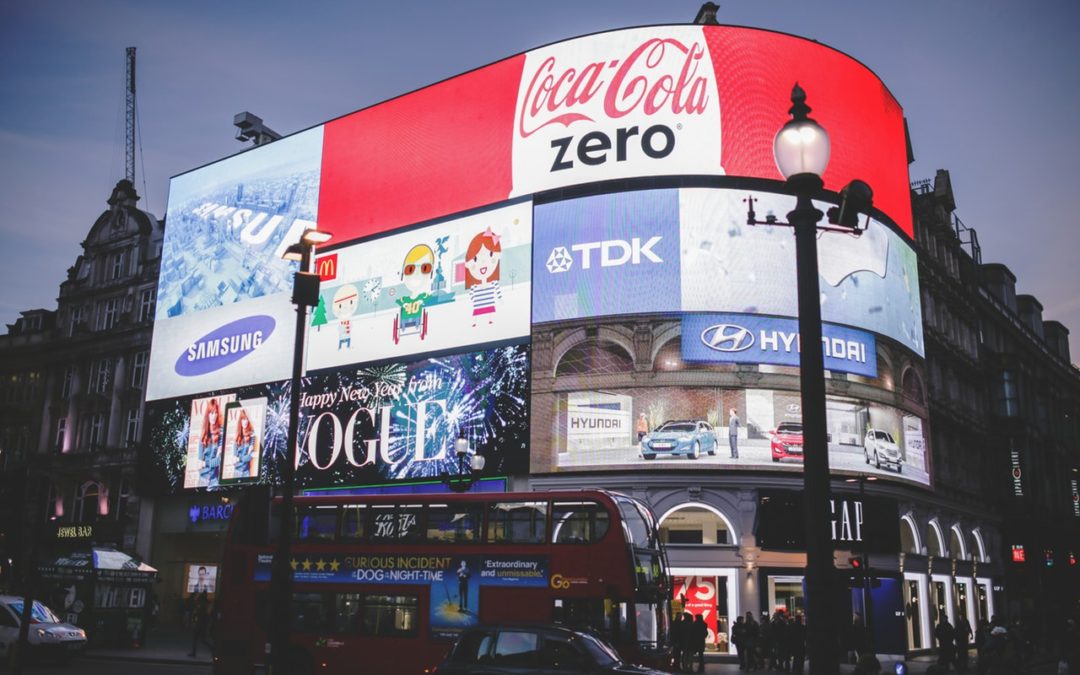As an advertiser, your ultimate goal is to evoke action, build awareness, and ultimately drive to purchase.—to convert a passive viewer or visitor into a real, bottom line-boosting, paying customer. And while that goal might seem difficult to achieve at times, there’s actually a strategy that can increase your chances—and by a lot.
Experiential marketing. Experiential marketing can actually increase a person’s likelihood of purchasing by a whopping 98 percent.
It’s a pretty shocking statistic, but when you take into account the sheer interactivity of the method, it’s not surprising it’s so effective.
Enhancing Results through Experiential
At its heart, experiential marketing aims to bring a potential customer into the fold—to make them a part of your brand and, many times, even a part your marketing efforts themselves.
It’s an immersive, interactive and—most of the time—fun experience for consumers, and it provides a much-needed break from the monotony of traditional advertising.
Getting customers introduced to your brand is half the battle. Getting your customers to engage with your brand through experiential in many ways offers lasting loyalty .
We’ve seen countless clients succeed by blending out-of-home and experiential campaigns, leveraging their billboards and other outside media placements with interactive, experiential elements to both increase reach and better spread their message.
Want to follow in their footsteps? Here are a few ways to do it.
 1. Make your billboards shareable.
1. Make your billboards shareable.
Snapchats, Instagram stories and selfies are the currency of today’s younger generation, and if you want your ads to get noticed—really, really noticed—playing into this game is the perfect way.
Make your ads shareable—something social influencers will notice, Tweet, Snap and attach a hashtag to. A good example is the recent Toyota Rav4 Hybrid campaign we worked on in New York City. Situated right in the heart of Times Square, the ad included a massive, 120-foot rock climbing wall with live climbers scaling the ad before everyone’s eyes.
Interesting, eye-catching and a little jaw-dropping, the billboard not only drew attention from passersby in Times Square, but it inspired those people to take pictures, text their friends and share Snaps and Instagram photos of the event, thus expanding the ad’s reach even more.
Though the full reach of the campaign may never be known, one thing’s for certain: it was far and wide. AdWeek even said it “redefined the billboard.”
2. Encourage live action with the advertisement.
In the Rav4 example, viewers of the billboard could only do just that—view it. But there are ways to create out-of-home ads that consumers can actually interact with personally—to touch, feel and even manipulate.
Consider Google’s recent “Building a Better Bay Area” campaign. In effort to better serve its local community, Google committed to donating a serious sum of money ($5.5 million) to several San Francisco nonprofit organizations. Which ones? Those were left up to Bay Area residents themselves.
Using interactive, digital paper posters, the megalith brand let San Franciscans learn about each organization’s cause and then vote on which group they felt was most deserving of the donation. At the end of the three-week campaign, more than 400,000 residents had voted.
It was a campaign that not only touched consumers, but it shed light on numerous charitable causes in the city—as well as Google’s commitment to them.
3. Do crazy, eye-catching stunts.
Want more attention for your brand or cause? Demand it. Pull off something people can’t take their eyes off of.
A great example? Actress Melissa McCarthy cruising through New York City as then-White House Press Secretary Sean Spicer. Though actually part of a bit for an upcoming episode of Saturday Night Live, the stunt went viral, and videos of the hilarity spread across social media and news sites within minutes.
It probably played quite a role in SNL’s season of “unprecedented” ratings. Despite a downturn in viewers over the last few years, the improv show’s 42nd season saw audiences jump by more than 30 percent in 2017. It was even one of top 10 most-watched shows of the season.
4. Transport the consumer to another place.
No one wants to be sold to, nor do they want to spend their hard-earned money. But having fun? Going to a far-off place? Delving into their imaginations a bit? That’s always something people are up for.
Use your ads to give consumers the opportunity to step outside their normal lives for a minute—to travel, experience and do something exciting. A&E’s Bates Motel set-up at the 2015 South by Southwest Festival is a prime example. A fully immersive event, festival goers could actually check in and stay at the creepy haunt, stepping right into the show—and the story behind it.
It was a way to get people excited about the upcoming season—as well as clever play on the landscape. Hotels are notoriously hard to come by during SXSW, so why not capitalize on the desperation and really immerse people in the show?
Spread the Word
At the end of the day, experiential marketing is just another way to extend the reach of your advertising efforts—to touch more potential customers and build more longtime, committed brand advocates. Want to enhance your campaign with a more interactive element? Contact us to get the ball rolling.

